U. S. Paper Money Error Values
What’s My Paper Money Error Worth?
| Prices for United States Paper Money Errors | |
|
Collecting currency errors is one of the most interesting area of paper money collecting, a hobby that can be pursued as easily as looking in your wallet or receiving change from a transaction. Even a severe paper money error may sometimes circulate for years before a knowledgeable collector finds it. If you can befriend a bank teller he may be a great source for unusual currency. Of course, dealers are the ultimate source for these items and specialists often try to stock as many types as possible. See the gallery below for some fascinating examples. Some things to know before you look:
|
|
| The Gallery Note on values: The value ranges are for the most common types in grades AU or higher. Lower grade examples may be worth a great deal less. Denomination also plays a role and can add significantly to the value. |
|
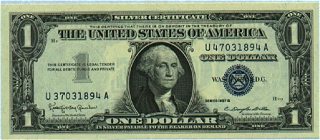 |
|
| Easy to miss, one of the most subtle of currency errors is a pair of mismatched serial numbers caused by a stuck counter. Approximate value Range: $100 -$200 | |
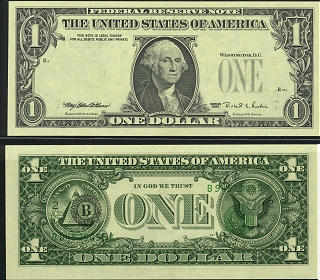 |
|
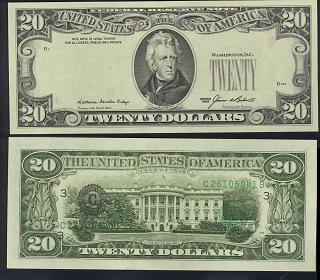 |
|
| Oops! The sheet was flipped over and the Treasury seal and serial numbers were printed on the wrong side! Approximate value range: $300 – $500 |
|
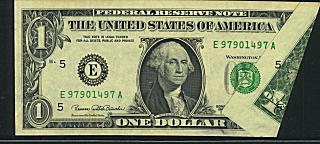 |
|
| The corner of a sheet was folded before the third printing was applied. Approximate value Range: $300 -$500. |
|
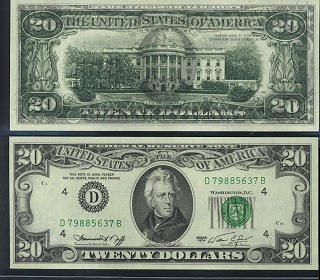 |
|
| If a sheet fails to enter the printing press, the inked plates will transfer their image to the impression cylinder. The next 6 or 7 sheets will receive the impression from the cylinder while the other side of the note is being printed. The result is an offset printing in reverse on the already printed side. approximate value range: $200 – $300 | |
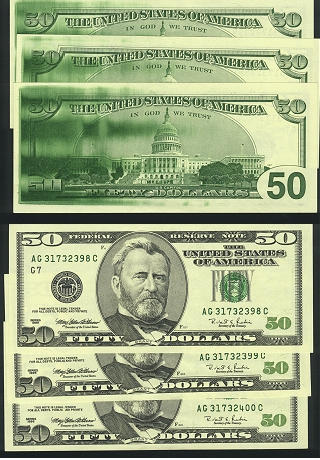 |
|
| A dramatic series of 3 consecutive numbered ink smears on 1996 series $50 note. Approximate value range $400 – $500 | |
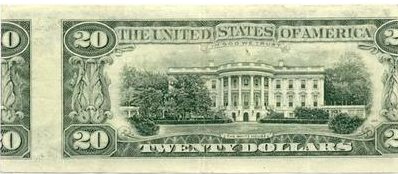 |
|
| This is a Major Misalignment error. The front is normal. Approximate value range: $300 -$600 | |
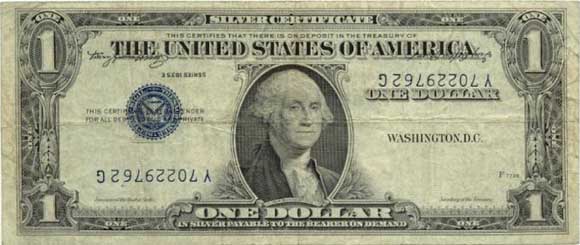 |
|
| This is a Inverted Overprint on a VF 1935E Silver Certificate. The overprint on silver certificates includes the Treasury Seal, both serial numbers, both signatures and the series date. Approximate Value range: $150 – $400. | |
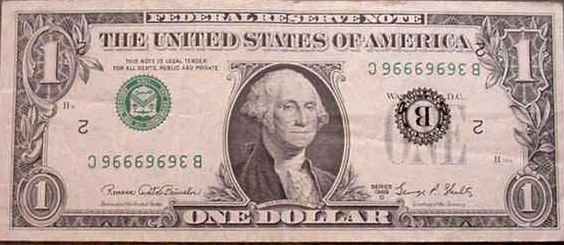 |
|
| This is a Inverted Overprint on a VF 1969D Federal Reserve Note. The overprint on Federal Reserve Notes only includes the Treasury and Federal Reserve seal, FRB numbers and serial numbers. Approximate value range: $100 – $200. | |
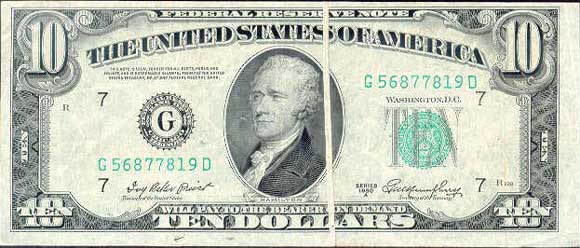 |
|
| Gutter folds are one of the most common currency manufacturing error. It is caused by a fold in the paper at the time of printing. When the folded part is opened there is a blank streak or line where the paper was folded. Though simple gutter folds, similar to this 1950A Federal Reserve note are common, large gutter folds can be quite spectacular. Approximate value range for this simple gutter fold: $30 – $65 |
|
| United States Paper Money Errors: A Comprehensive Catalog & Price Guide |
|
|
|
|
What’s it Worth? |
|
